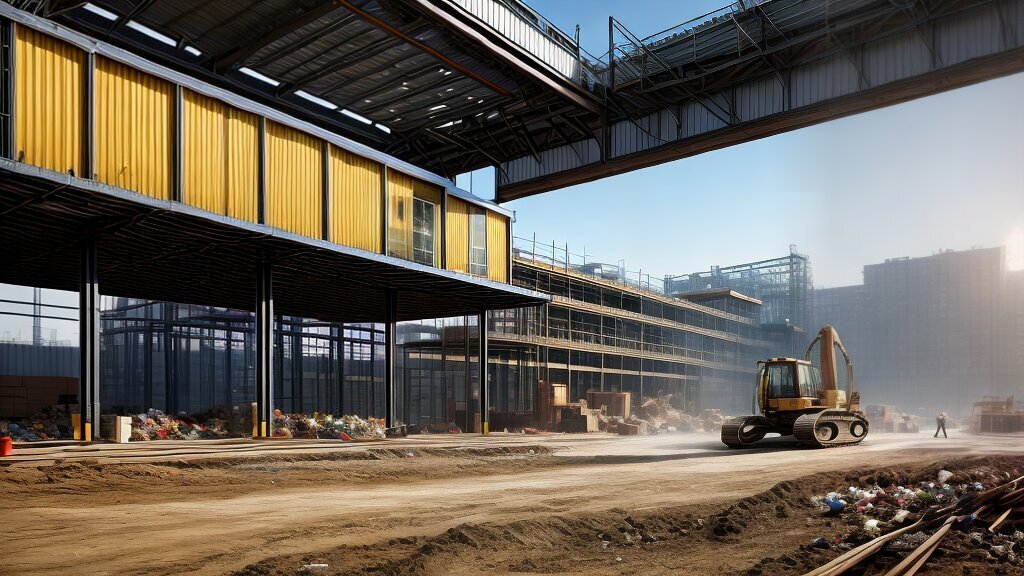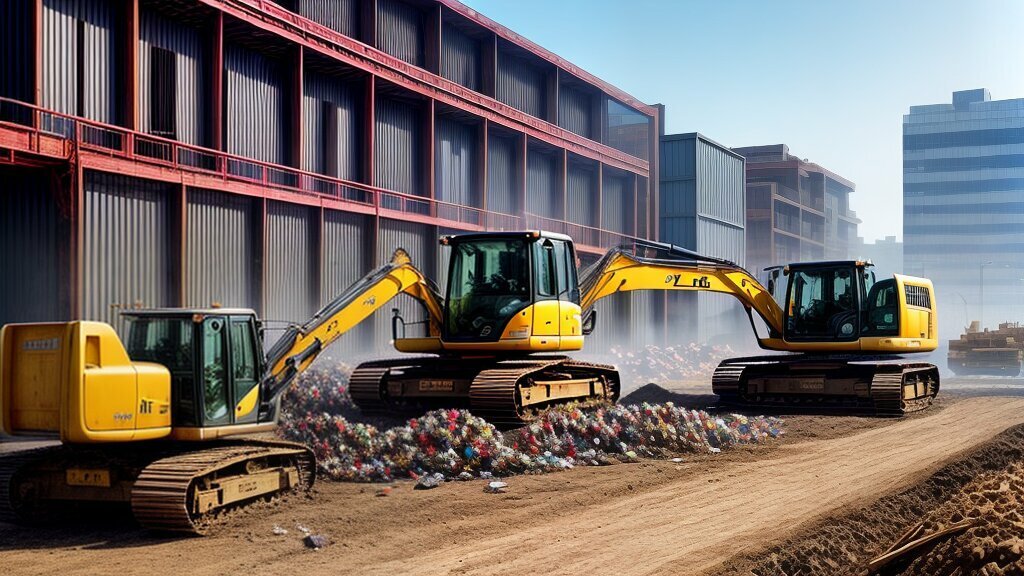Zero-waste construction materials and techniques
Zero-waste construction is a growing trend in the building industry, focusing on reducing waste generation throughout the construction process. Here’s a comprehensive look at innovative materials and techniques that contribute to sustainable building practices.
1. Recycled and Upcycled Materials
Sustainable Sourcing:
- Recycled Aggregates: Using crushed concrete, asphalt, and reclaimed metals in construction to reduce demand for virgin materials.
- Upcycled Products: Repurposing industrial by-products and salvaged materials like timber and glass for building components and finishes.
2. Modular and Prefabricated Construction
Off-Site Fabrication:
- Prefab Modules: Manufacturing building components in controlled factory environments to minimize material waste and improve construction efficiency.
- Panelized Systems: Assembling prefabricated panels and modules on-site for faster installation and reduced construction debris.
3. Design for Deconstruction

Demountable Structures:
- Reversible Design: Designing buildings with modular components that can be disassembled and reused or recycled at the end of their lifecycle.
- Cradle-to-Cradle Design: Specifying materials that can be endlessly recycled or repurposed without losing quality or performance.
4. Waste Reduction Strategies
Construction Waste Management:
- On-Site Sorting: Implementing waste segregation and recycling programs to divert materials from landfills and promote resource recovery.
- Lean Construction Practices: Minimizing overordering of materials and optimizing construction processes to reduce surplus and waste generation.
5. Bio-Based and Renewable Materials
Sustainable Alternatives:
- Biocomposites: Using natural fibers, such as hemp and bamboo, combined with bio-based resins for lightweight and durable building materials.
- Plant-Based Insulation: Installing insulation materials made from recycled cotton, cellulose, or cork to improve thermal efficiency and indoor air quality.
6. Digital Tools and Building Information Modeling (BIM)
Optimization Tools:
- Material Efficiency Analysis: Conducting lifecycle assessments and environmental impact analyses through BIM to inform material selection and design decisions.
- Parametric Design: Using computational algorithms to optimize structural configurations and minimize material use while maximizing performance.
7. Energy Efficiency and Passive Design
Sustainable Building Practices:
- Passive Solar Design: Orienting buildings to optimize natural daylighting and passive heating and cooling strategies to reduce energy consumption.
- Energy-Efficient Systems: Installing high-performance HVAC systems, LED lighting, and smart building technologies to minimize operational energy use.
8. Circular Economy Principles
Resource Recovery:
- Material Reuse: Partnering with suppliers and contractors to reclaim and reuse materials from deconstructed buildings for new construction projects.
- Closed-Loop Systems: Implementing strategies to close material loops and promote continuous resource circulation within the built environment.
9. Community Engagement and Education
Awareness and Advocacy:
- Educational Outreach: Hosting workshops, seminars, and community events to raise awareness about zero-waste construction practices and sustainable building solutions.
- Stakeholder Collaboration: Engaging with local governments, nonprofits, and community organizations to advocate for policies that support sustainable building practices.
10. Future Directions and Innovations
Technological Advancements:
- Advanced Recycling Technologies: Investing in innovative processes for recycling complex materials, such as concrete and plastics, into high-quality building products.
- Blockchain Transparency: Utilizing blockchain technology to track material provenance, enhance supply chain transparency, and certify sustainable construction practices.
Conclusion
Zero-waste construction represents a proactive approach to reducing environmental impact and promoting sustainable development in the building industry. By adopting innovative materials, embracing prefabrication techniques, and implementing waste reduction strategies, architects and builders can contribute to a more sustainable built environment. As the demand for eco-friendly construction practices grows, integrating zero-waste principles into construction projects offers opportunities to conserve resources, minimize waste generation, and create healthier, more resilient communities for future generations.



